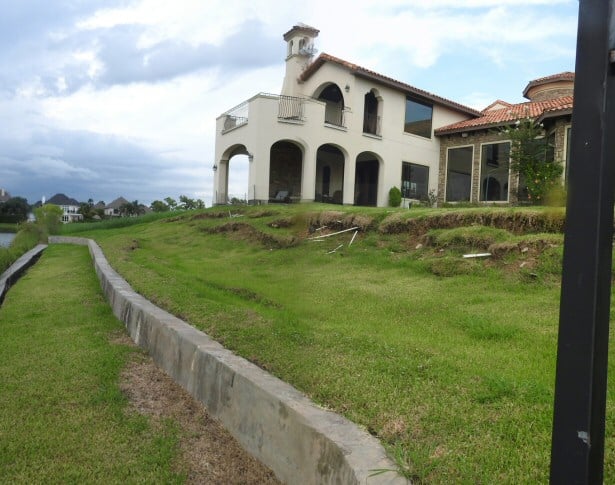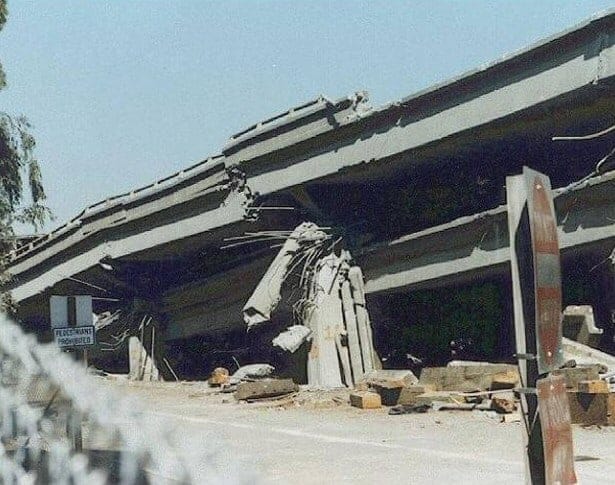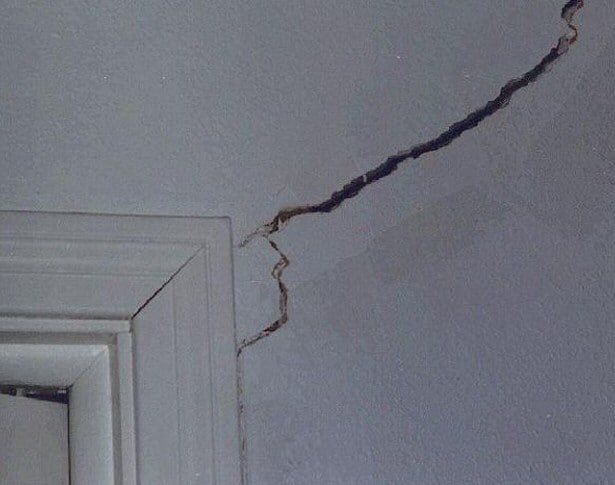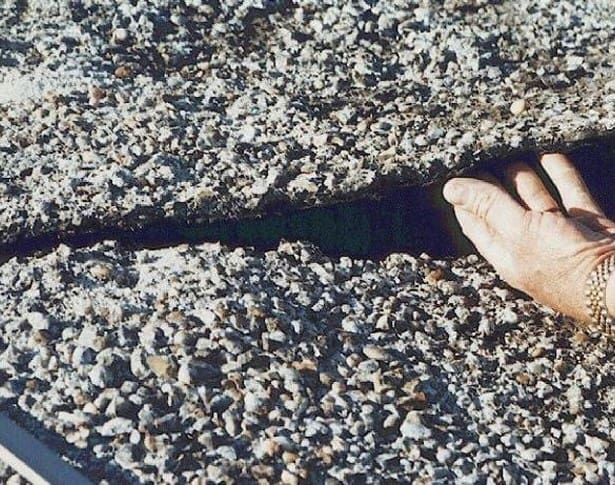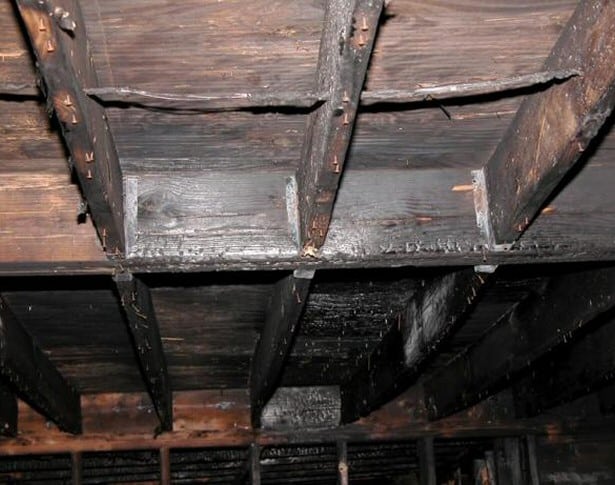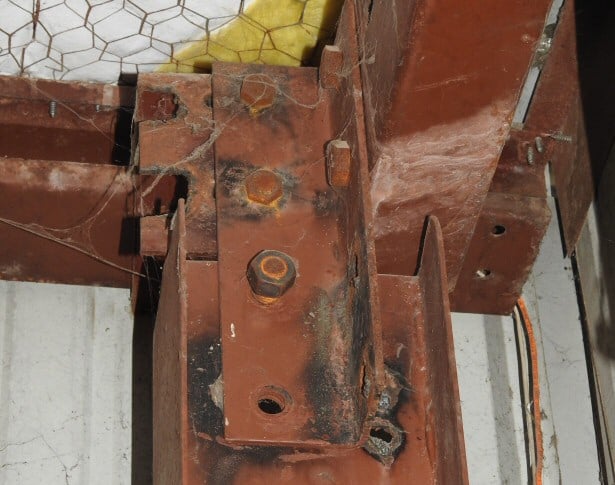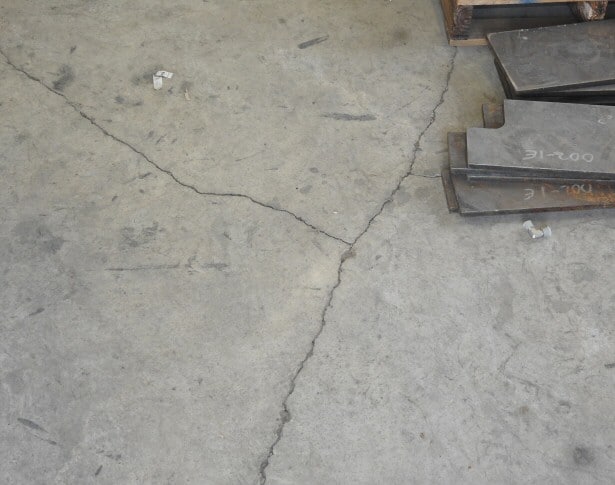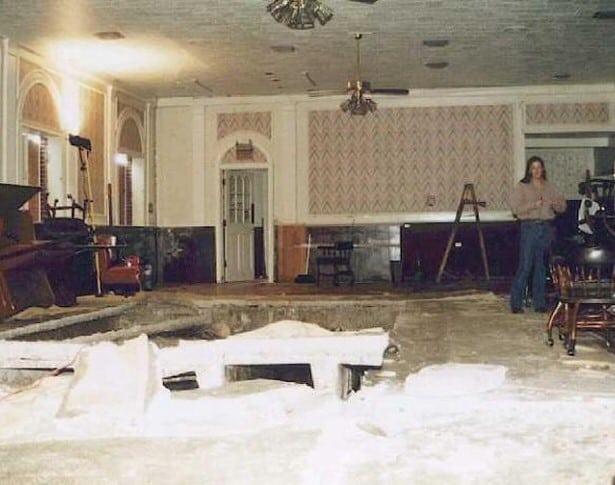Structural Failure
Structural components fail when movements occur and a Limit State is reached. A Limit State is defined as a condition beyond which a structure or member becomes unfit for service and is judged to be no longer useful for its intended function (serviceability limit state) or to be unsafe (strength limit state).
Serviceability Limit States
Serviceability Limit States are defined by the conditions of the components supported by the structural member. Differing components react in different manners to structural movements. For example, a slight movement that can cause a brick veneer mortar joint to crack may not cause damage to the gypsum wallboard but can separate wood trim joints. Each component has its own limitations. Similarly, each type of structure has its own limitations.
Deflection ratios, that define Serviceability Limit States, range from L/60 to L/2000, where L is the length of the member being investigated. For example, a 20 foot long beam would be limited to a 4” deflection with an L/60 limitation (20×12/60) but it would be reduced to 1/8” with an L/2000 limitation (20×12/2000).
Strength Limit States
Strength Limit States are defined by the capacity of the structural member. The capacity of the structural member is determined by analysis or testing. Deflection ratios can also define Strength Limit States.
Below are examples of components that have reached that Limit States.
Types of Structural Failure

Vacek LLC, formerly Vacek Group, is a Houston area structural and architectural engineering company established in 1994. The company offers years of experience to insurance companies, attorneys, architects and the private sector.


